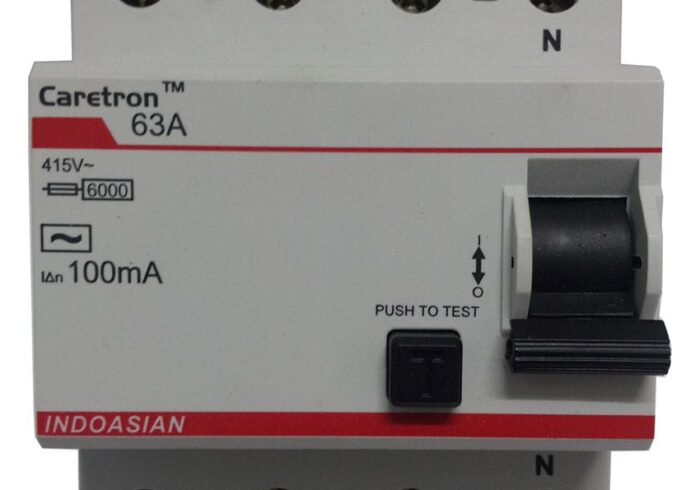FPGA’s ability to quickly reconfigure its hardware to perform specific tasks has made it a desirable option for low latency trading systems. However, there are also concerns about its cost, complexity, and the need for specialized expertise to develop and maintain FPGA-based solutions.
With the advancements in electronic trading infrastructure over the past 20 years, Field Programmable Gate Array (FPGA) technology has become increasingly prevalent. Let us throw some light on certain significant questions that are commonly raised in the industry regarding FPGA and its utilization in low-latency trading. Its flexibility, speed, and ability to perform complex computations make it an attractive option for a variety of applications, including high-performance computing, machine learning, and digital signal processing.
As FPGA technology continues to evolve, it is expected to play an increasingly important role in driving innovation and growth across many industries.
- Difference in building hardware FPGA-based trading system and software-based system
Building a hardware FPGA-based trading system is quite different from building a software-based system. Hardware systems require specialized skills and knowledge in hardware design and verification. Additionally, hardware systems are much more difficult to modify once they are built, so the design must be carefully planned and tested to ensure it meets the requirements.
Software-based systems, on the other hand, are easier to modify and update, but they often have higher latency due to the need for processing and interpretation of code.
- Is it possible to align technology standards with the optimization of a trading system for ultra-low latency?
Various businesses are working towards the integration of low latency FPGA optimization and development standardization.
Achieving standardization and ensuring reusability can lead to reduced development costs, faster time-to-market, and increased agility. The widespread adoption of FPGA is dependent on this standardization and reusability becoming a norm. As the industry shifts its attention towards enhancing features, pre-optimized business functions will be valued more. And, this is where FPGAs are serving the purpose right, all while streamlining the critical operations.
By shedding light on the aforementioned questions, it becomes clear that reusability can lead to cost-effectiveness. The difference between building hardware FPGA-based trading system and software-based system is simply the improved efficiency and speedy results.
In this regard, Orthogone low latency trading system design can be highly beneficial due to its ability to process large volumes of data in real-time with minimal latency.





